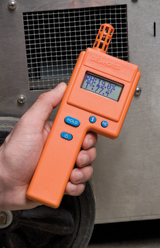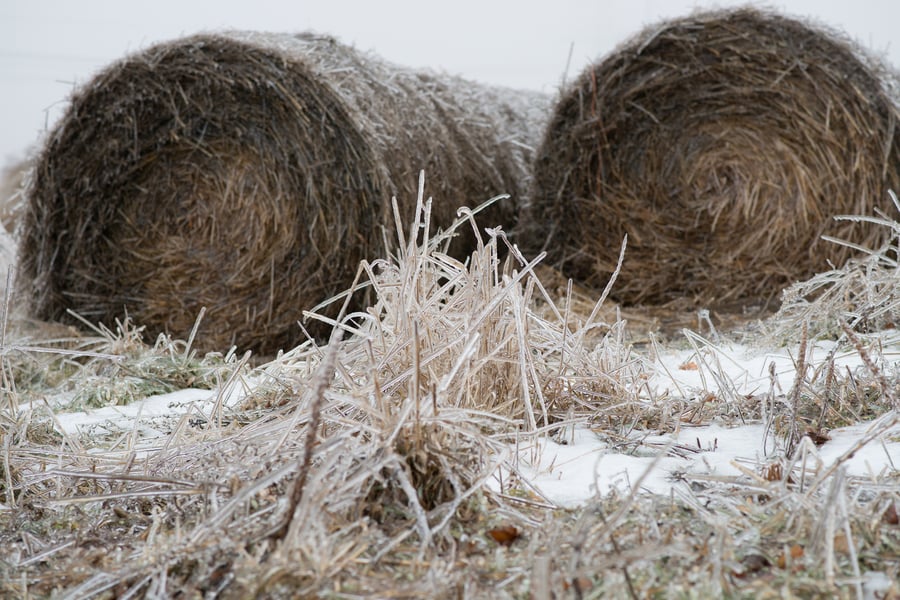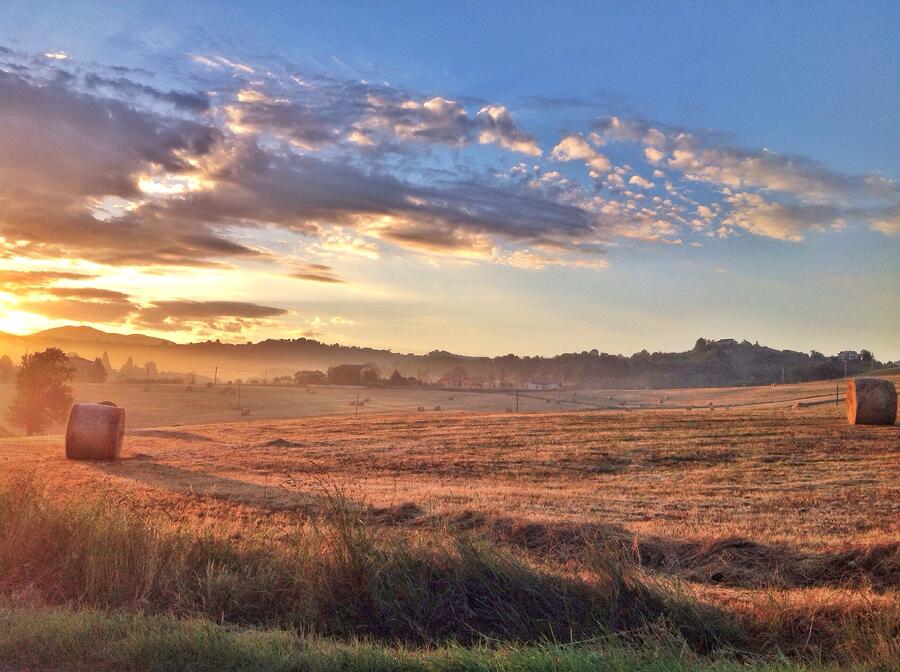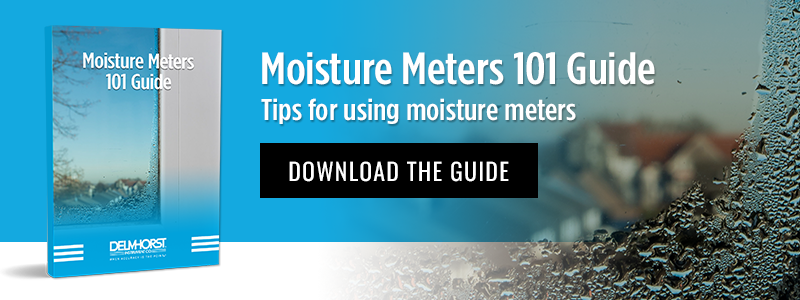Which Moisture Meter To Use For Cotton?

Moisture meters have been a useful tool for building inspections and for the overall safety of any indoor lifestyle. They help keep our families, employees, and customers safe with their electromagnetic waves and electrical resistance to help prevent and to help correct hazardous mold, pesky pests, and overall damaging infrastructure. Moisture meters created a solution to a naked eye problem: the lack of visibility of moistures pre-damaging effects.
Most of us know about common moisture issues such as the ones listed in the previous paragraph, but monitoring moisture is important to another industry: the agricultural industry. Many farmers understand that there is more to growing and nurturing agricultural products such as hay, grain, and tobacco; part of the agricultural industry is taking the proper precautions to ensure a healthy and prosperous crop.
 Types of Moisture Meters
Types of Moisture Meters
Essentially there are three types of moisture meters: pin type, pin less type, and thermo hygrometers; each of these have various benefits and limits depending on the materials they are being used for.
Typically a farmer, or a person in the agricultural industry, who is measuring the moisture levels in their crop would use a pin-type moisture meter since cotton is a malleable surface and a pin-type meter has versatile prongs to penetrate the material and give a more accurate reading from within.
At the same point, not every pin meter is a good fit for different agricultural products. On that same note not every agricultural product, though in the same family, is going to provide consistent moisture content reading from one type of material to the next, even when they actually have the same % MC. Let’s get a bit more specific.
Cotton, the Miracle Fiber
Cotton, for instance, is a widely known agricultural product that demands proper moisture levels and some could label cotton “the miracle fiber”.
Think about how many uses cotton has:
- Textiles (towels, denim, shirts, fishing nets, coffee filters and the fabric list continues)
- Meal (livestock feed and fertilizer)
- Oil (cooking, shortening, and salad dressings)
- Hull (livestock feed and fertilizer)
In its organic form, cotton is a fiber, a feed, and a crop. A typical cotton bale should have no more than a 7.5 % moisture level reading; anything above that can induce deterioration or discoloration of the material or worse, mold.
In order to comply with USDA regulations and satisfy consumers, livestock included, it should be an inherent practice of any person or organization to confer with their wise thinking tanks and employ a preventative and continuous strategy for managing their specific needs. Delmhorst Instrument Co. manufactures a plethora of pin moisture meters for agricultural purposes.
Since cotton is our agricultural topic of interest in this post, would it be more beneficial to use a pin or pin-less type of moisture meter? If you said, or thought, a pin type moisture meter would be best, you would be 100% accurate since it is a loosely- packed material that cannot be accurately measured with a pinless moisture meter.
Delmhorst knows that it is important to monitor moisture levels for ensuring that the longest and strongest fibers are produced. They offer a moisture meter known as C-2000 which is optimized for measuring the moisture content of lint and seed cotton.
Which Meter do I Use for Cotton?
Another factor to consider is the type of cotton that you are measuring for moisture. They have four different prong types that are qualified to read moisture levels based on specific cotton types and storage:
- 30-E/C
- 37-E/C
- 52-E/C
- 830-T/C
The C-2000 has Delmhorst’s universal connector at the top and accepts any type of external electrode Delmhorst makes. The four prong types previously listed above are ideally suited for use with the C-2000. These prongs are manufactured to measure moisture in lint or seed cotton, yarn, bales, or modules of cotton.
So, which one should you use for your cotton moisture testing needs? The answer depends on what you’re testing.
The 30-E/C is equipped for measuring bales of cotton. It has 9 ½” insulated pins with 8 ¼” penetration. This depth allows for the elimination from any surface moisture that may tamper with an accurate moisture meter reading.
Those of us who maybe aren’t in the agricultural industry may be wondering how big a bale of cotton can be. To put it in perspective, a bale of cotton weighs up to about 500 pounds.
The 37-E/C is used to measure the moisture level in yarn with 1 ½”pins and 1”penetration.
The 52-E/C is a cup type electrode used for lint or seed cotton.
The 830-T/C is typically used for modules, heavy duty steel, with a 36” T- handle. If you thought a bale was fairly massive in size, then prepare to be wowed at the module which size stores about 13- 15 bales of cotton.
Moisture meters have been around for over half a century and were a solution to a problem that affects our lifestyles and ingenuities from the food we eat, to the clothes we wear and the buildings we live and work in.
Cotton is one of the most versatile fibers we grow; organically formed as fiber, feed, and food crop, cotton is one agricultural product that we need to ensure doesn’t get wasted by deterioration, discoloration or mold because the moisture levels weren’t properly tended to. Now that you know there are different and specific prongs available for each cottons or storage specific need, will you be proactive?
Subscribe to Our Blog
Post Related

Moisture Measurement 101 with Delmhorst’s FX Moisture Meters


